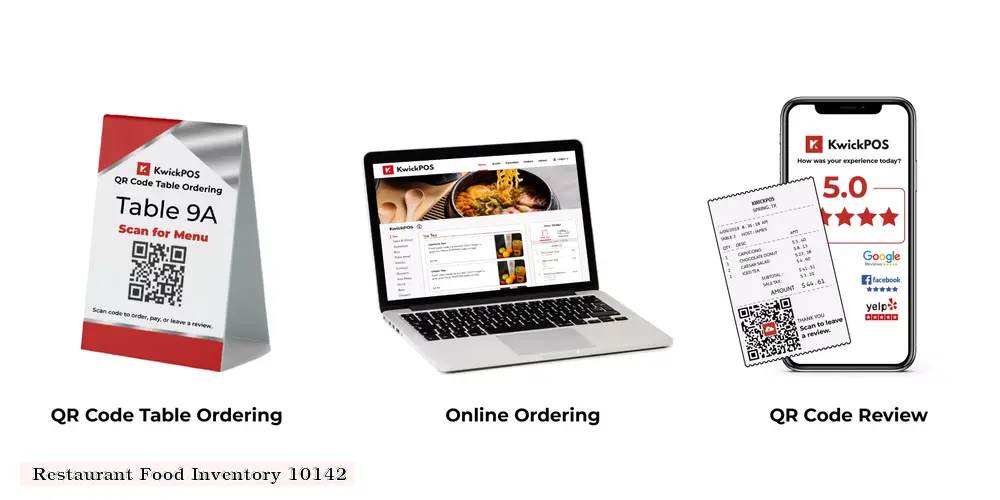

Restaurant food inventory management involves tracking and controlling the flow of food products from ordering and receiving to storage, preparation, and service. It's a critical process that ensures a restaurant has the right amount of ingredients on hand to meet customer demand while minimizing waste and controlling costs.
Here are some key concepts and best practices to consider when it comes to restaurant food inventory management:
1. Inventory Management System: Implementing an inventory management system can help automate and streamline the inventory process. This system can track inventory levels, monitor usage, and generate reports to help you make data-driven decisions.
2. Ordering and Receiving: Establishing a consistent and efficient ordering process is crucial for maintaining a well-stocked inventory. It's essential to work closely with suppliers to ensure timely delivery and accurate invoicing. When receiving inventory, it's important to inspect and verify the quantity and quality of the products received.
3. Storage: Proper storage is critical for maintaining the freshness and safety of food products. It's important to follow food safety guidelines and best practices, including maintaining appropriate temperatures, rotating stock, and monitoring expiration dates.
4. Preparation and Service: Proper inventory management techniques should extend to the preparation and service stages. This includes monitoring portion sizes, tracking waste, and adjusting menu items based on inventory levels.
5. Inventory Tracking: Regularly tracking inventory levels is crucial for identifying trends and making adjustments. It's important to conduct regular inventory counts, either weekly or monthly, to monitor inventory levels and usage.
6. Cost Control: Managing food costs is a significant aspect of inventory management. It's essential to monitor food costs regularly and adjust menu prices and portions accordingly.
By following these best practices and implementing a solid inventory management system, you can help ensure a successful and profitable restaurant business. It's important to remember that inventory management is an ongoing process that requires attention and adjustments over time.
DISCLAIMER: This information is provided for general informational purposes only, and publication does not constitute an endorsement. Kwick365 does not warrant the accuracy or completeness of any information, text, graphics, links, or other items contained within this content. Kwick365 does not guarantee you will achieve any specific results if you follow any advice herein. It may be advisable for you to consult with a professional such as a lawyer, accountant, or business advisor for advice specific to your situation.
today
Copyright © 2025 Kwick365.com
Designed by KwickPOS is the best restaurant POS